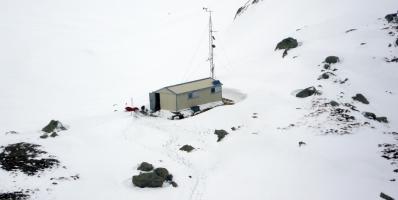CIANOMONT
Increment de les cianobacteries en estanys d'alta muntanya: composició, causes i consequències
The Cianomont project aims to analyze the proliferation of cyanobacteria in the network of lakes in the mountain National Parks, identifying their composition and examining the environmental factors that influence this phenomenon.
High mountain lakes represent exceptional ecosystems for monitoring global change. Despite the absence of clear signs of eutrophication, an increase in shoreline algae has been observed in mountain lakes worldwide. In the Pyrenees, an increase in the proportion of cyanobacteria in lake shoreline biofilms has been detected, although its impact on the mountain National Park lake network is not fully understood. This project aims to determine if cyanobacteria proliferation is common in these lakes, identify their composition, and examine the environmental factors influencing this phenomenon. A comparison of cyanobacteria community composition will be conducted using 16S rRNA gene sequencing between samples collected in 2011 and current ones in about one hundred lakes in the network. Additionally, in-situ experiments will be carried out to study the proliferation during the ice-free period in model lakes. High-resolution sequencing methods will be used to detect the presence of toxin-producing species which may pose health risks. Special attention will be paid to causal variables that could trigger abrupt changes. The goal is to assess the consequences and risks of cyanobacteria proliferation for the conservation of these characteristic mountain park systems and establish practical monitoring and management methods for park personnel.











